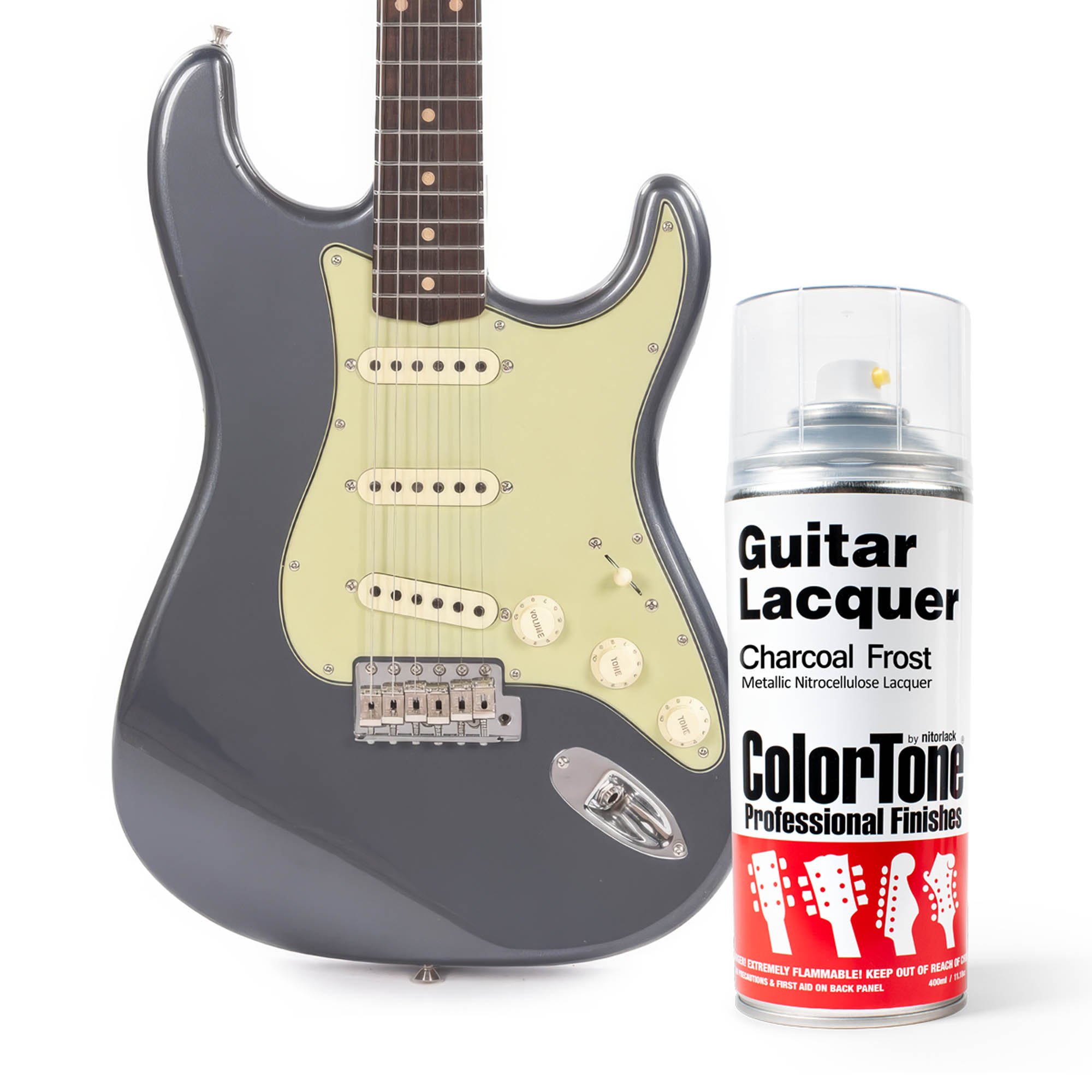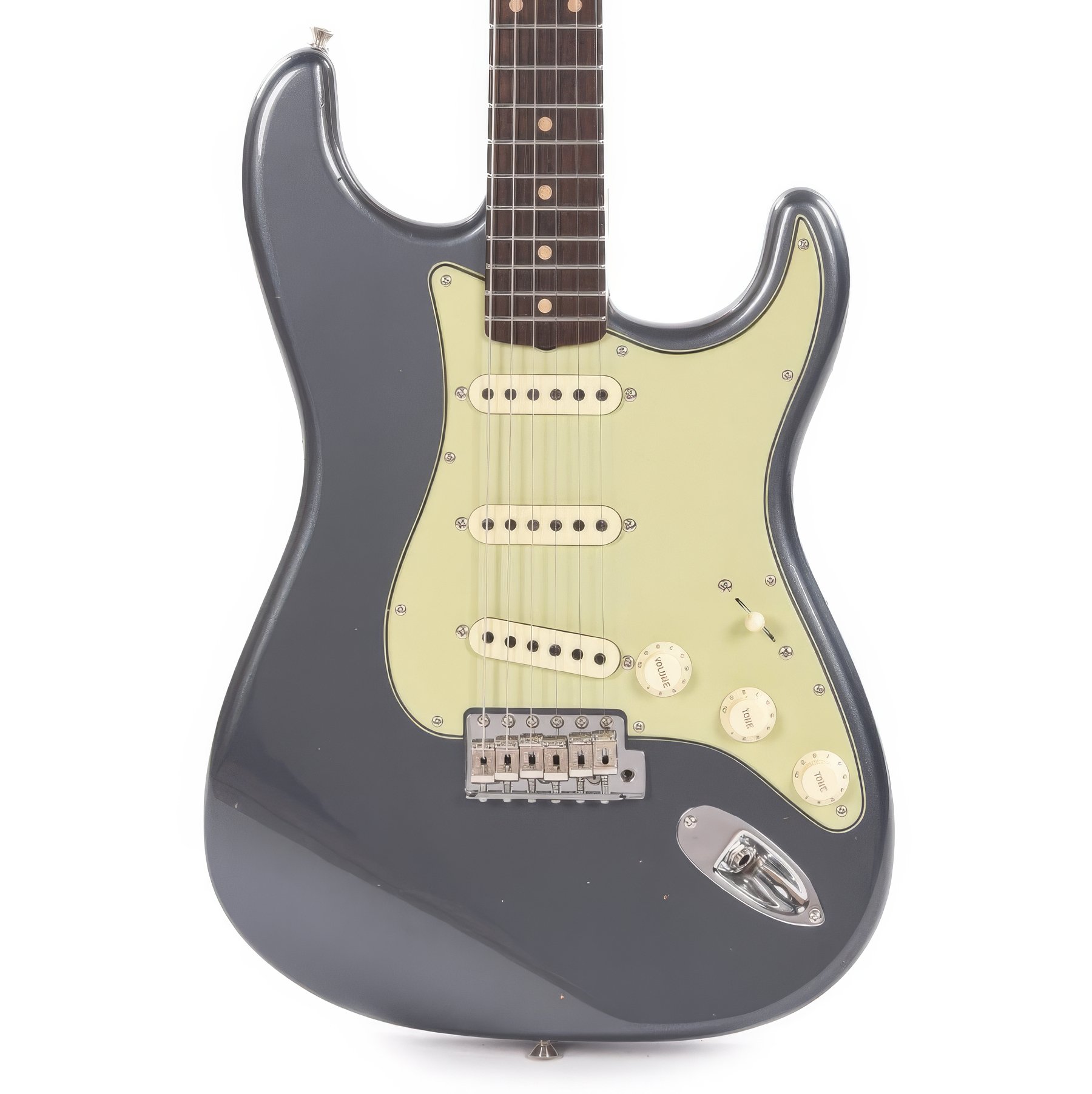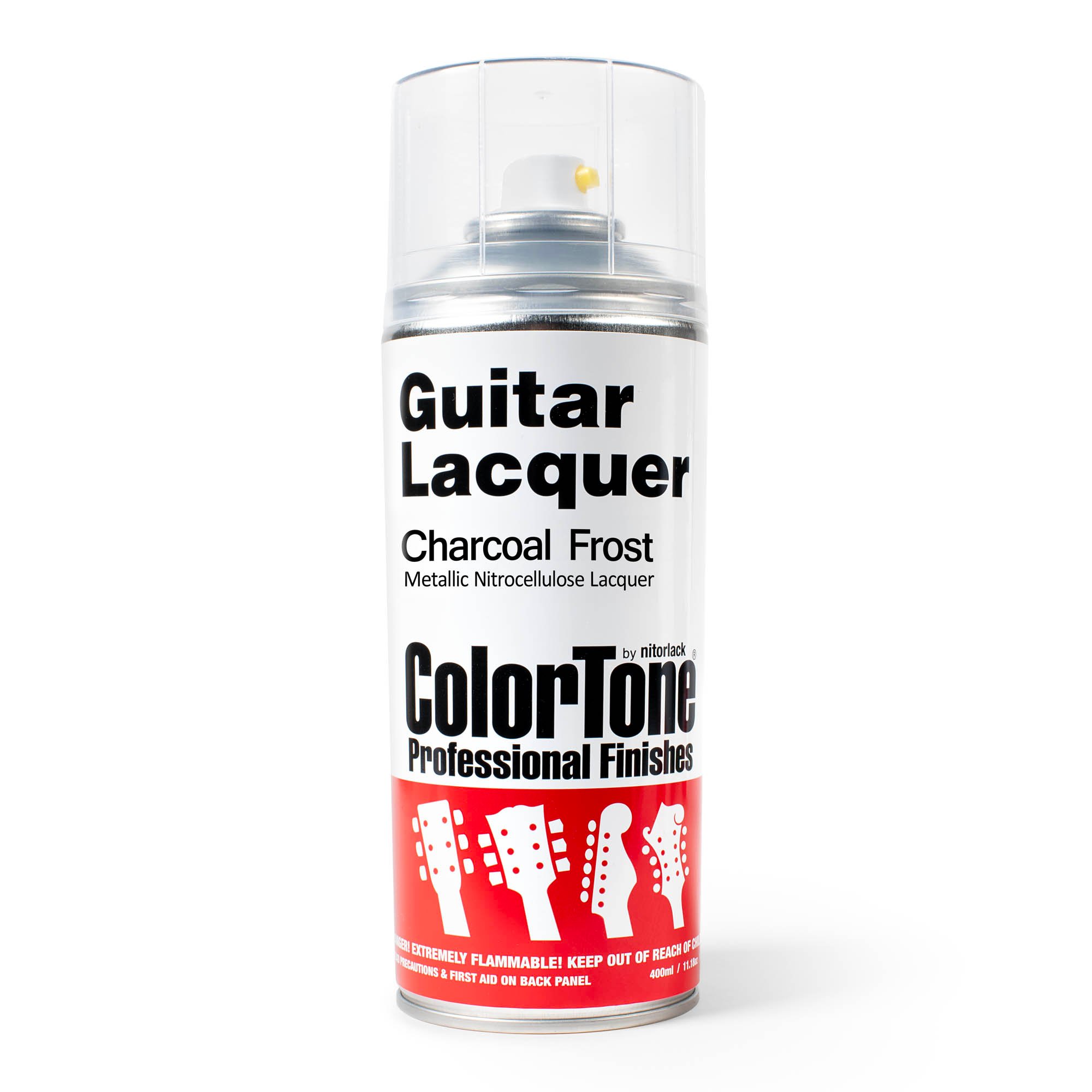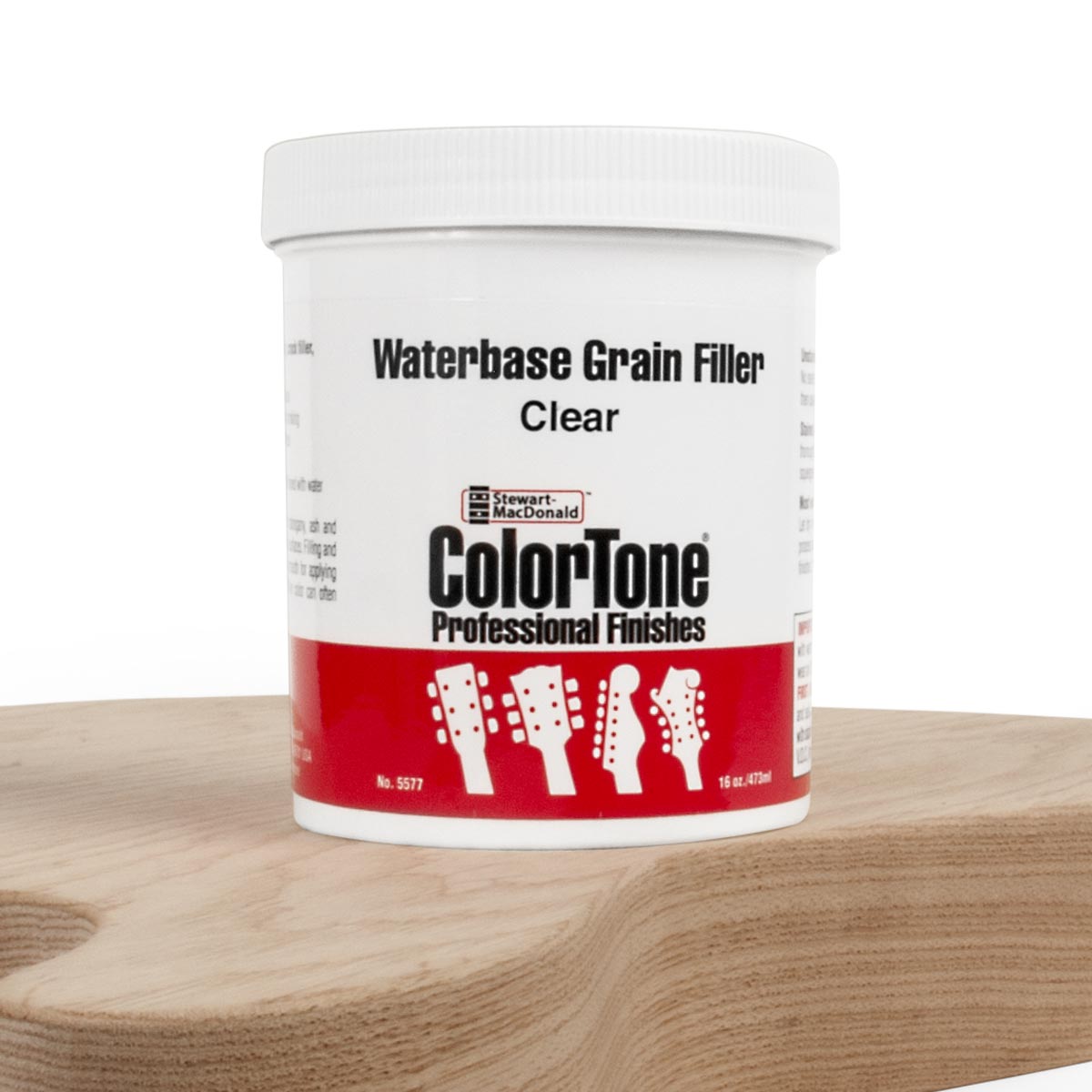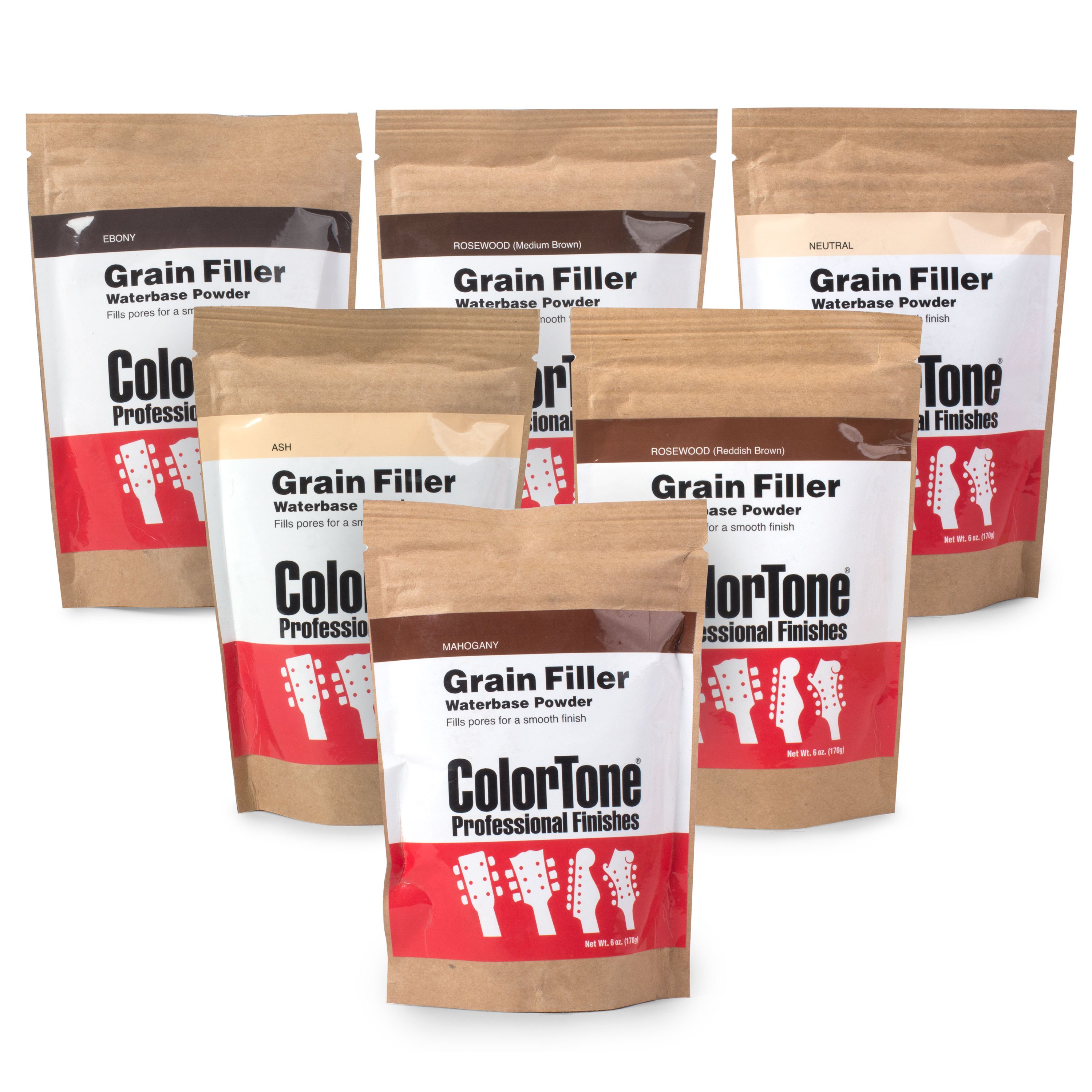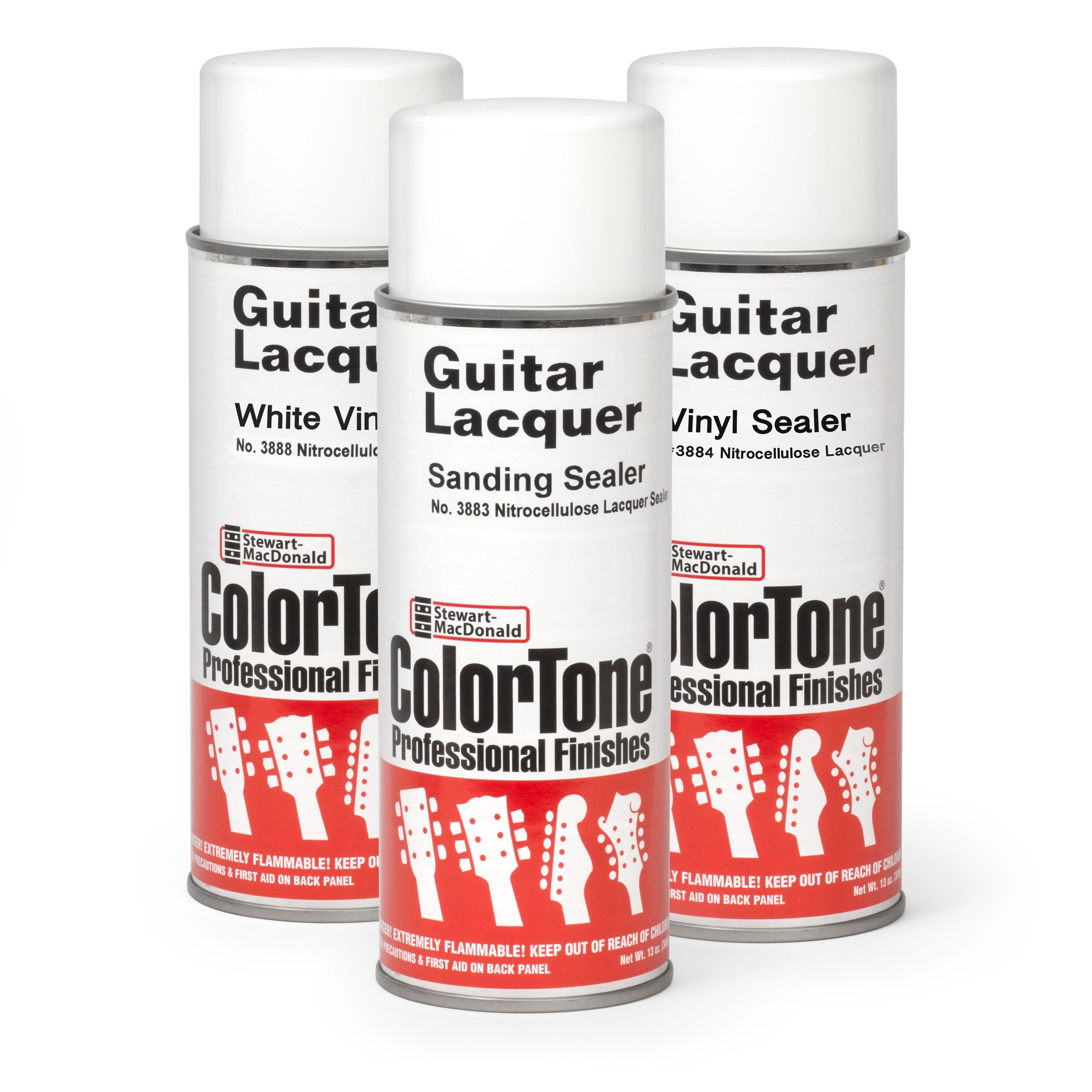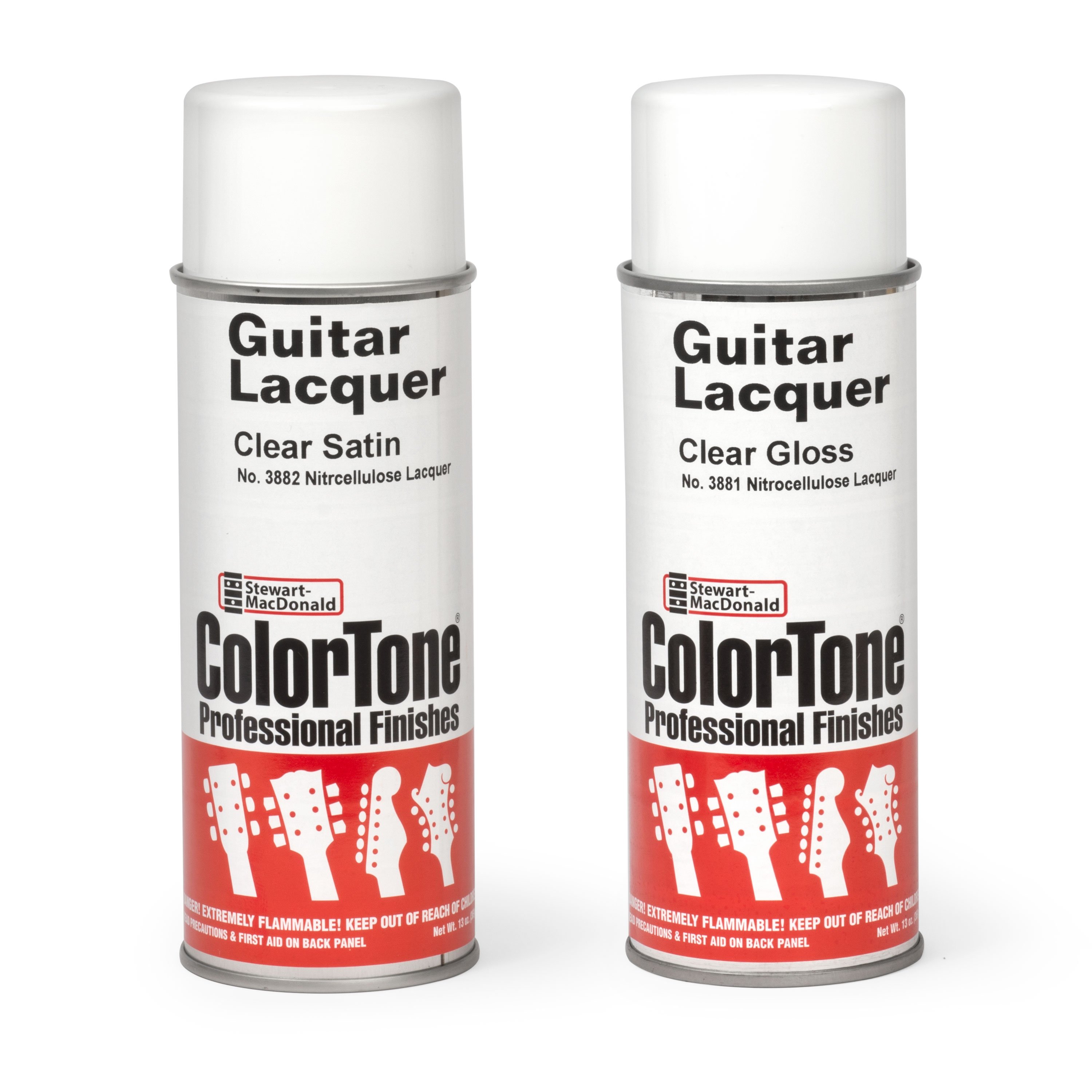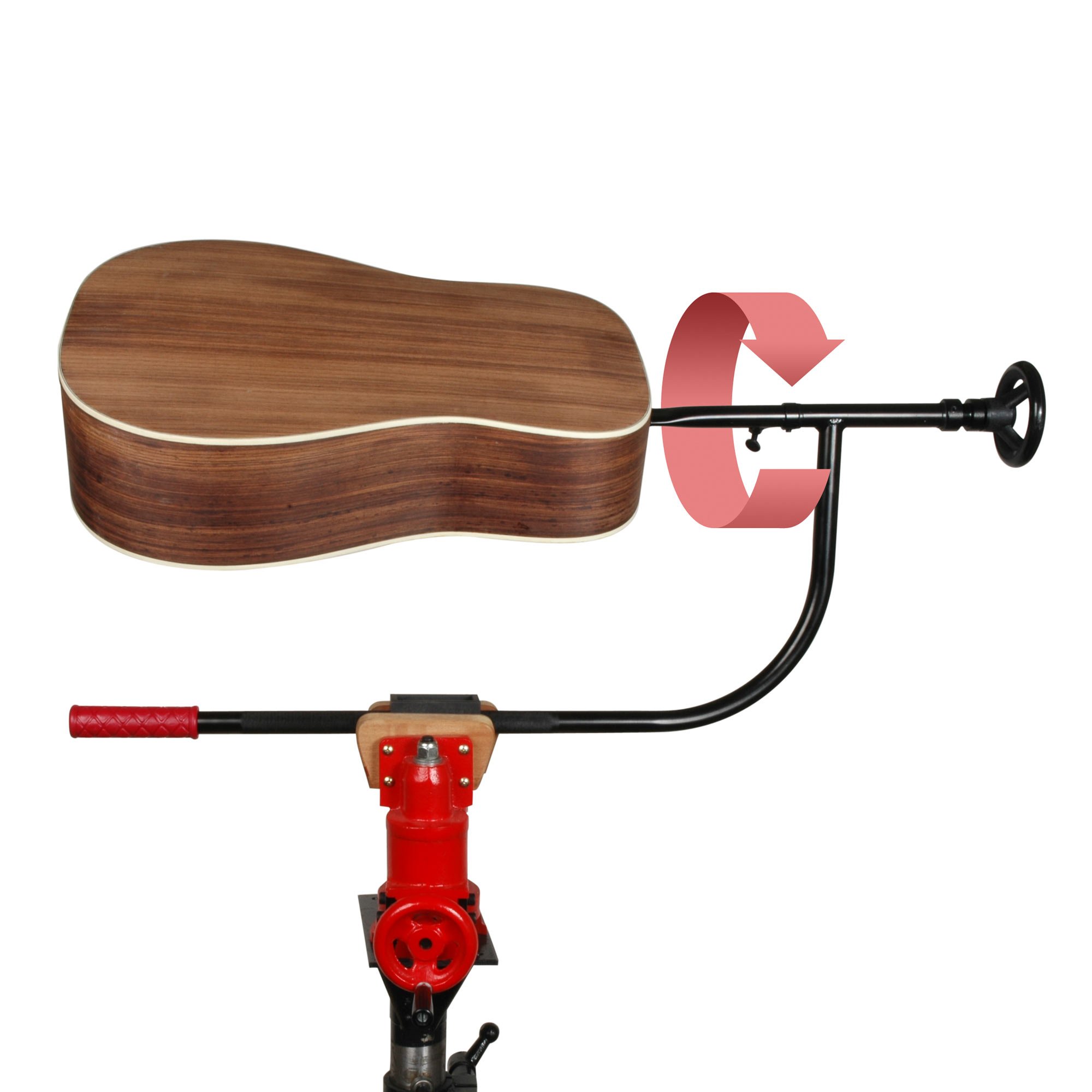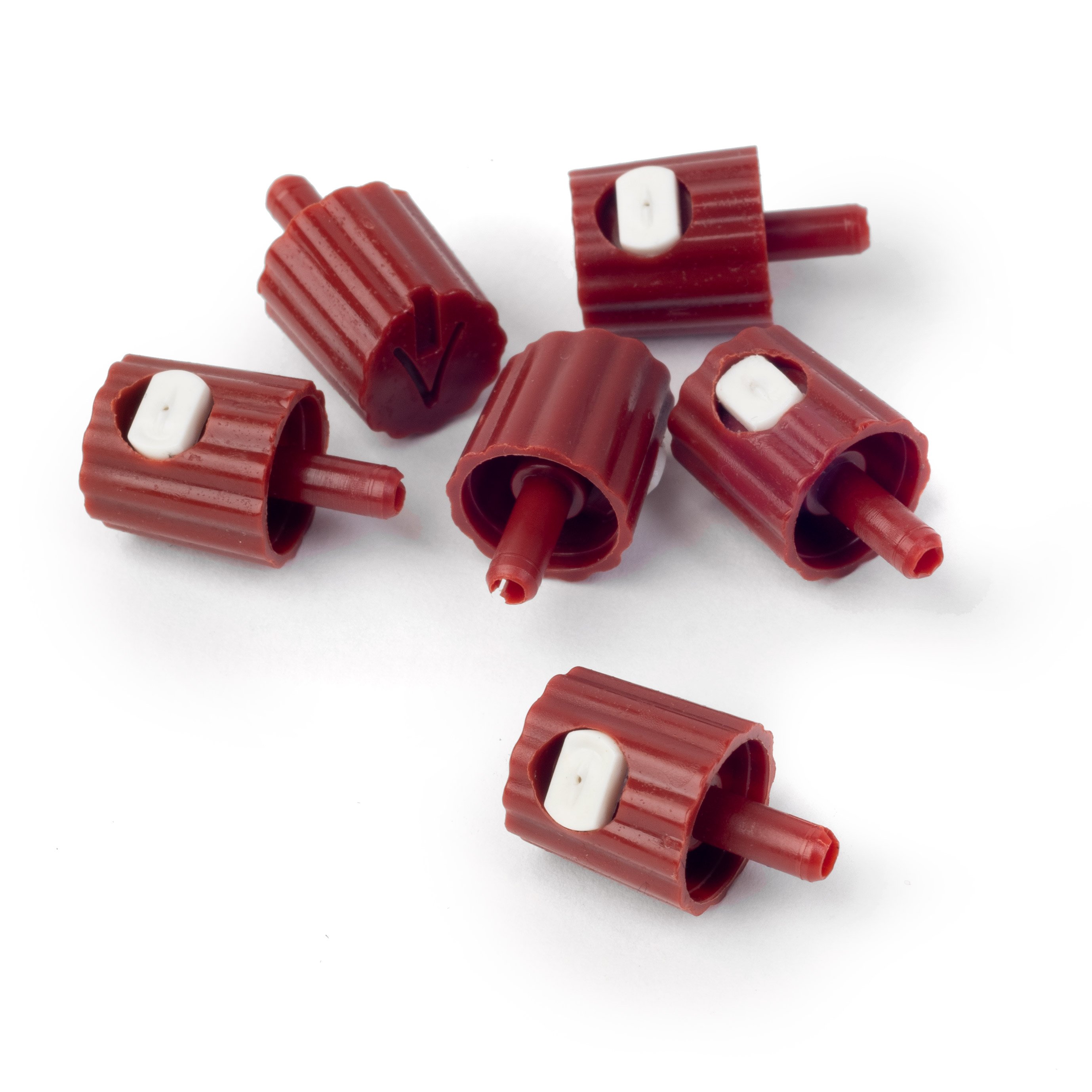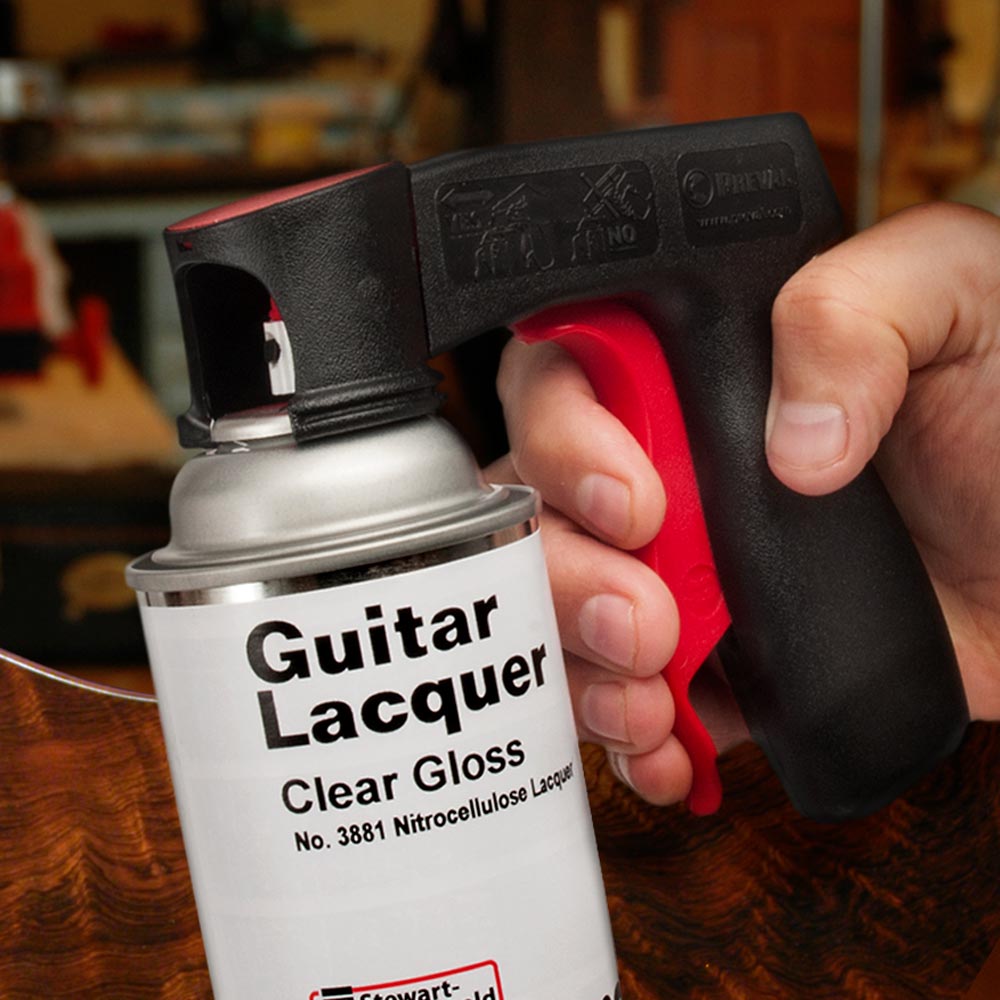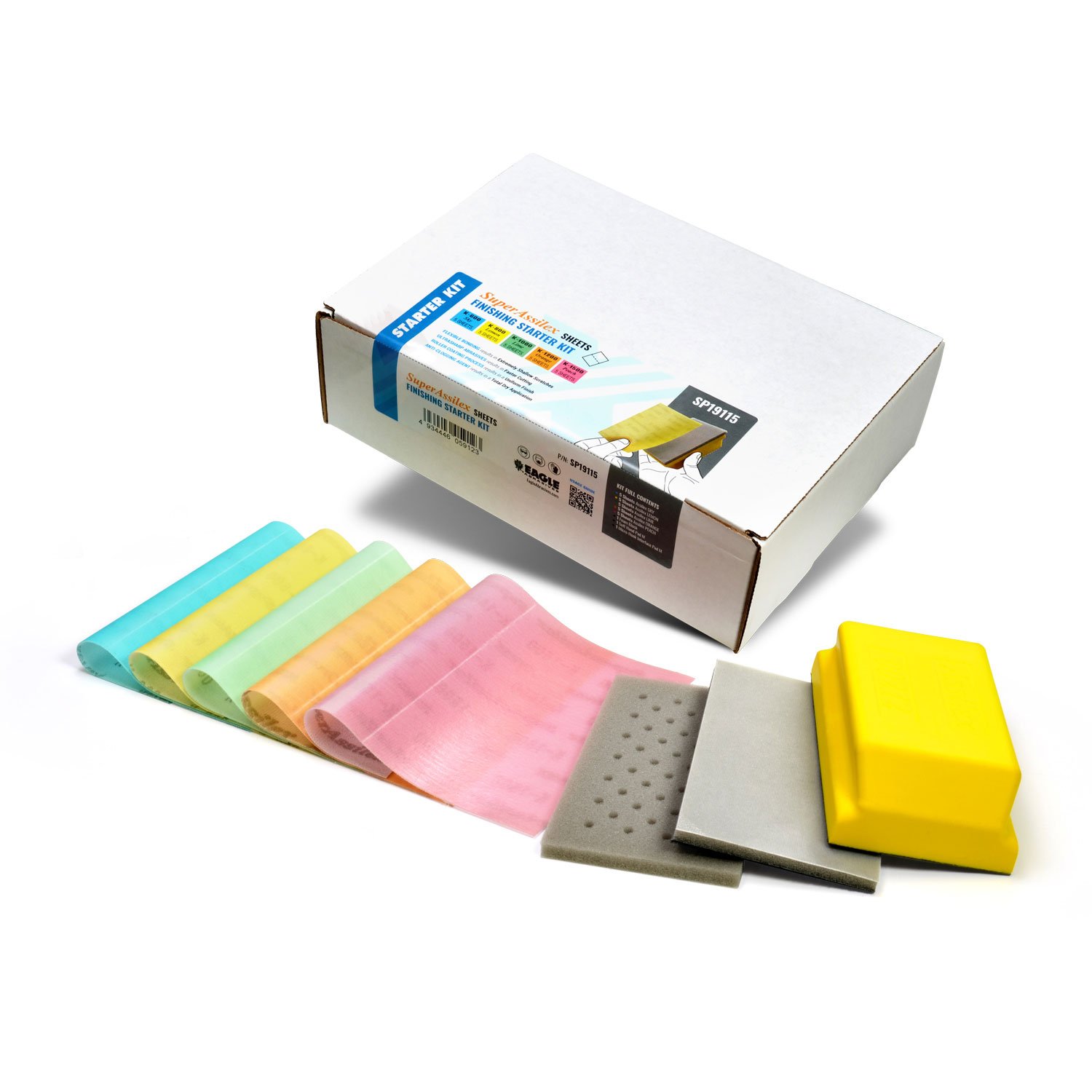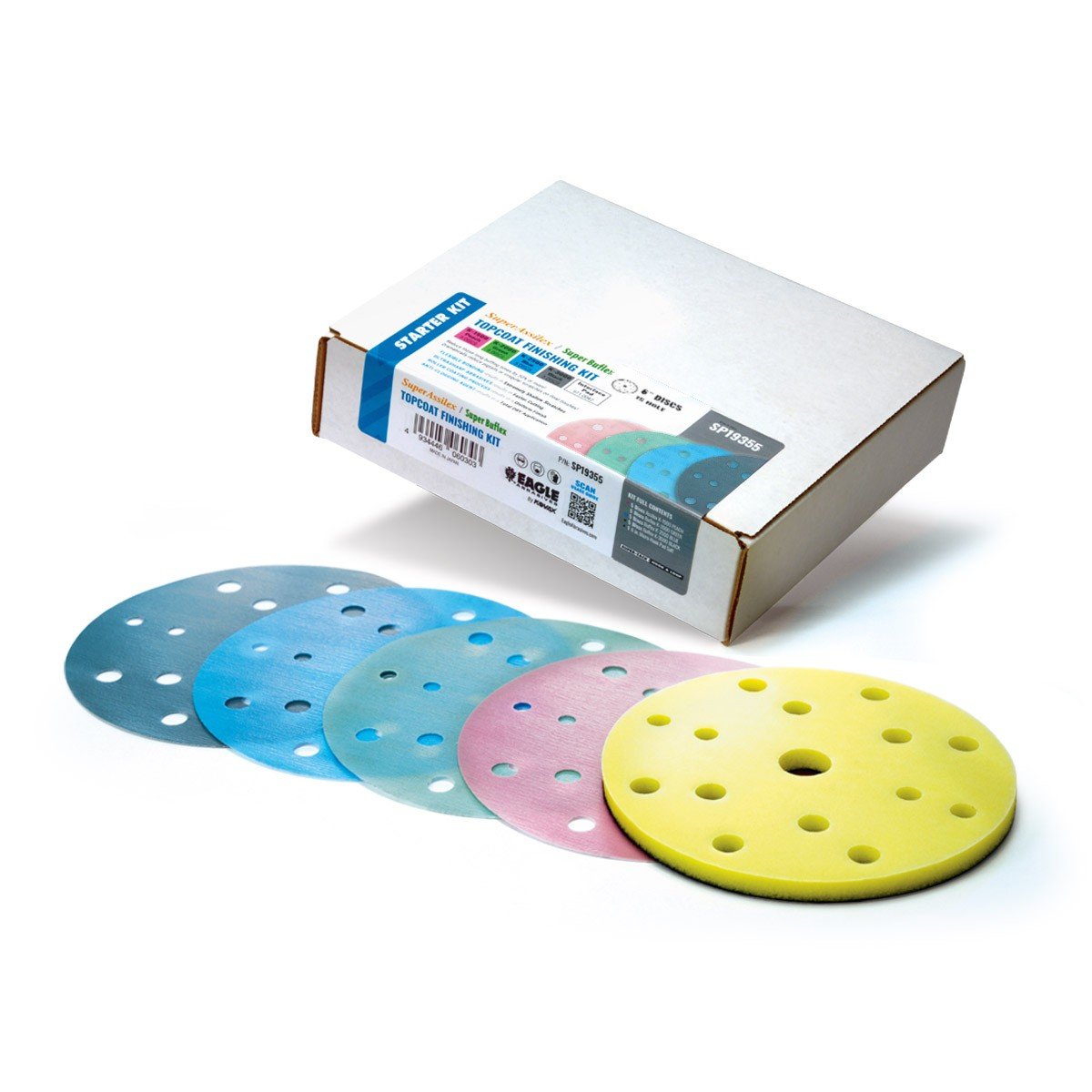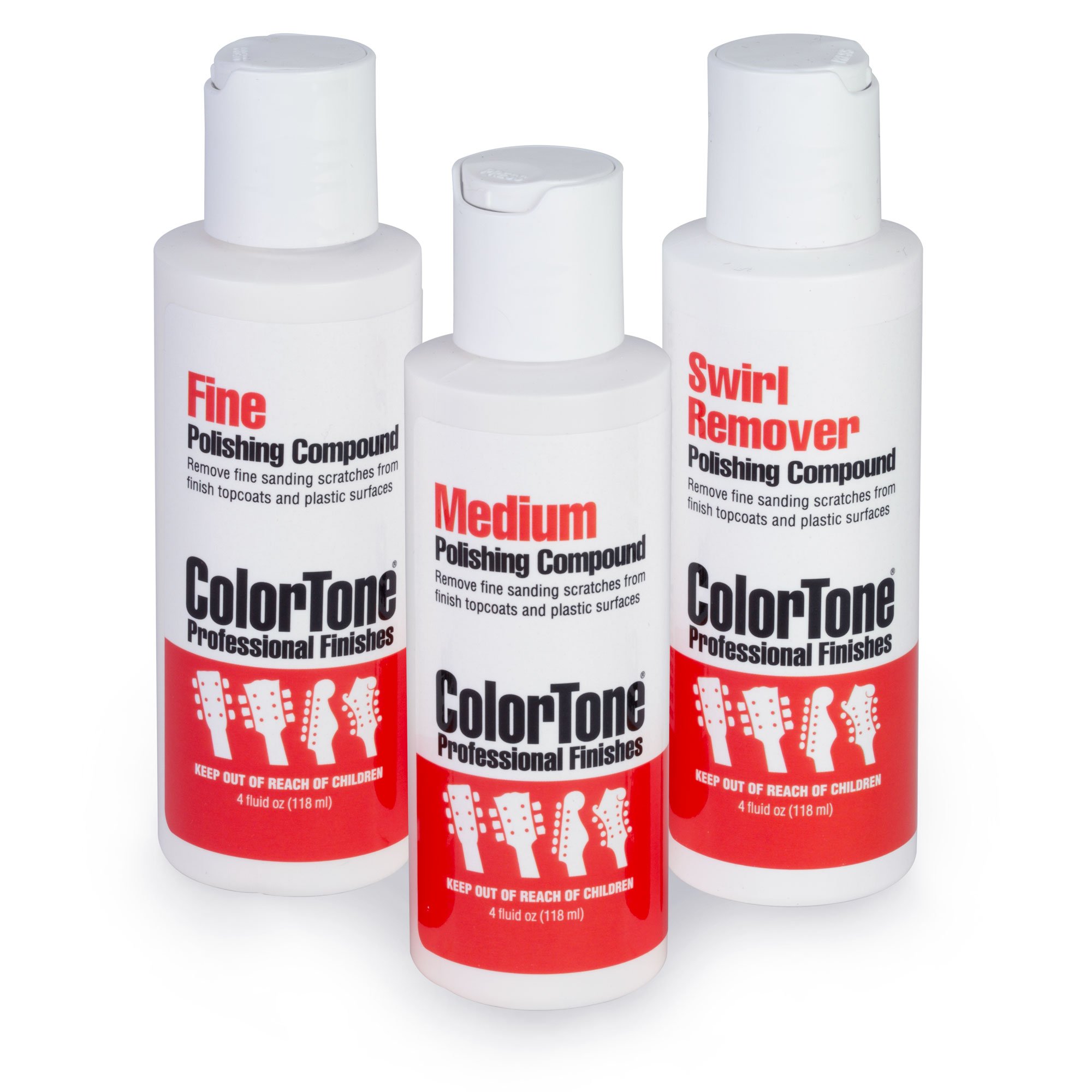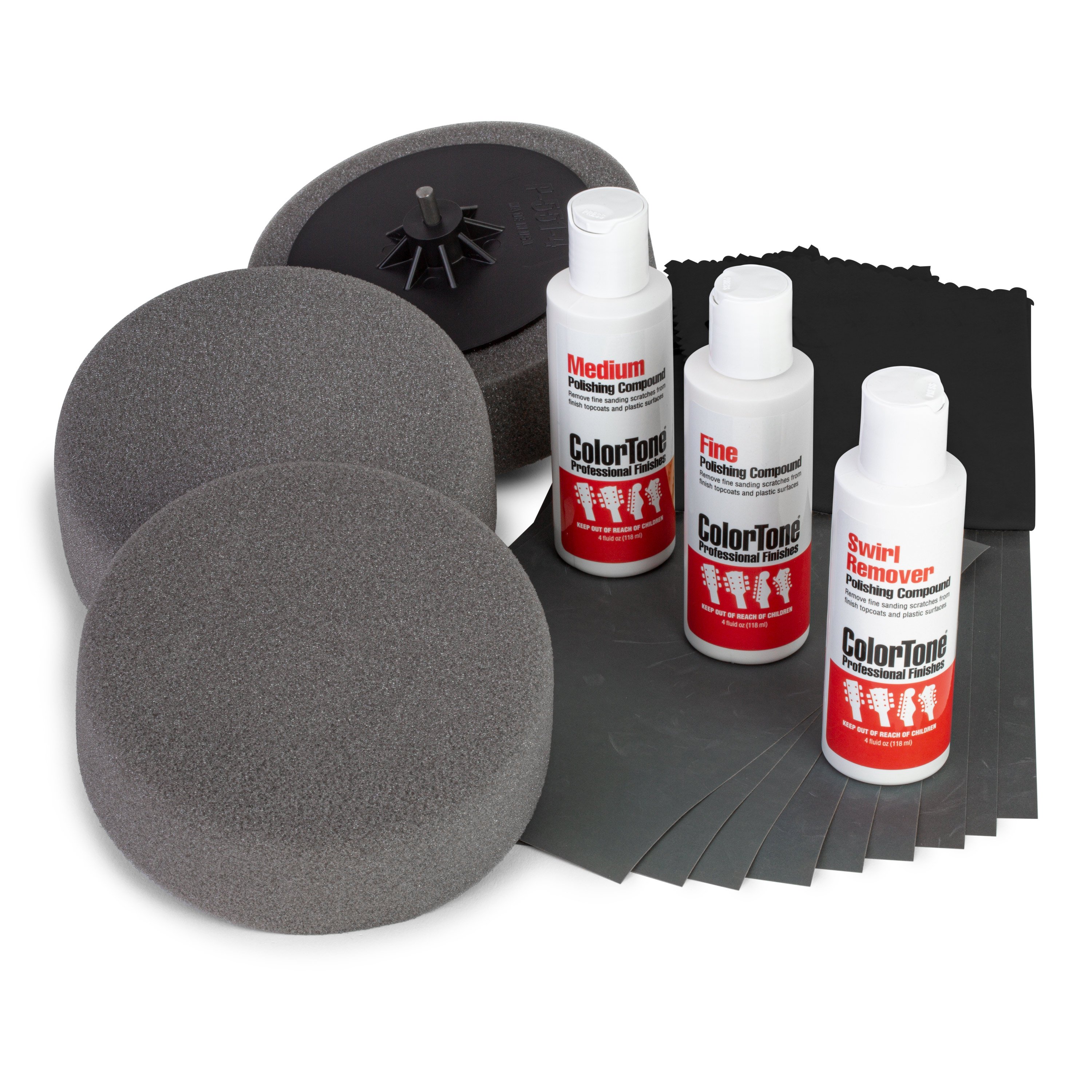ColorTone Aerosol Guitar Lacquer, Charcoal Frost
FENDER CLASSIC COLOR | METALLIC
Fender Charcoal Frost was a color used on Lincoln Continentals from 1965 to 1966, and also on the 1965 Ford Thunderbird. Fender adopted it into their catalog starting in '65 and as it ages it pulls gray-green. The aging can be imitated with a coat of Amber Vintage.
Our Vintage-Inspired Colors
There’s a magic in vintage guitars—a soul that lives not just in their sound, but in their look. ColorTone vintage-inspired lacquers are more than just finishes; they’re a tribute to a golden age in music history.
Carefully formulated to match the original Fender® and Gibson® colors from the 1950s and ’60s, each ColorTone finish is the result of extensive research and development by our dedicated lab and technical team. The result is an authentic recreation of the iconic shades that defined an era.
It's important to note that vintage guitars have aged in different ways over time. Nitrocellulose lacquer naturally yellows and shifts with time, and even factory-original colors varied slightly from batch to batch. As a result, two Fender guitars finished in 1960 could look remarkably different today—not just from each other, but also from modern interpretations of the same colors.
Our goal is to capture the essence of those vintage hues, offering faithful reproductions that bring timeless character to your builds and restorations. Whether you’re chasing the exact look of a well-worn classic or breathing vintage soul into a modern creation, ColorTone gives you exceptional clarity, depth, and consistency for truly professional results.
Application Guide:
- Apply to sanded bare wood, ColorTone fillers, sealers, or stains.
- When we start the painting work, the pores must be closed and the grain must not be marked.
- Apply the product at a distance of 12-14 inches away.
- When applying we must follow a pattern of application, first horizontal and then vertical, applying the paint uniformly.
- Apply several coats, leaving 24 hours to dry between them and sanding between them to remove any remaining impurities.
- Important: if using a metallic color, the last coat of color should not be sanded before starting the varnishing process.
- This work shall be completed when the surface is completely smooth and free of imperfections.
Frequently Asked Questions:
How many sprays do I need to varnish a guitar?
If the surface is well covered and it is not your first painting project, you can do it with a spray can, although you will not apply many coats. However if you are not an expert we recommend using 2 sprays for an optimal finish.
What temperature should the guitar be at during and after the process?
It is recommended to do it in a place where the temperature is between 70-75°F (15-25°Celsius). If the painting or varnishing process is carried out in very hot or cold conditions, the final result may not be good.
Where should I carry out the process?
A clean site will be essential, to prevent dirt or dust particles from adhering to the surface.
Is sanding between coats mandatory?
This is not something you should always do, but it is advisable in order to remove any imperfections left in the paint at the end of each coat, as well as any particles that may adhere.
